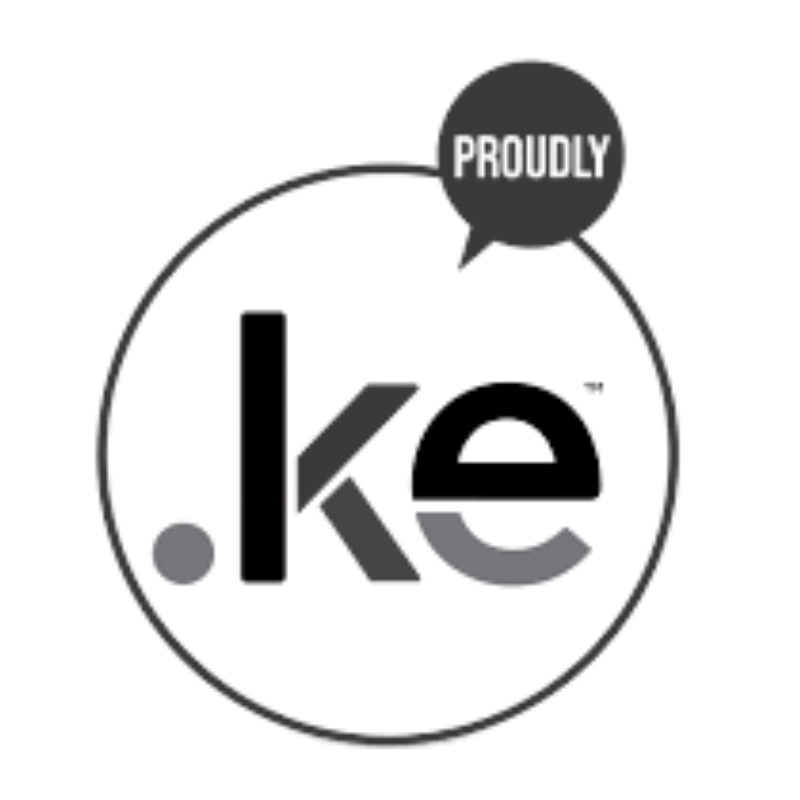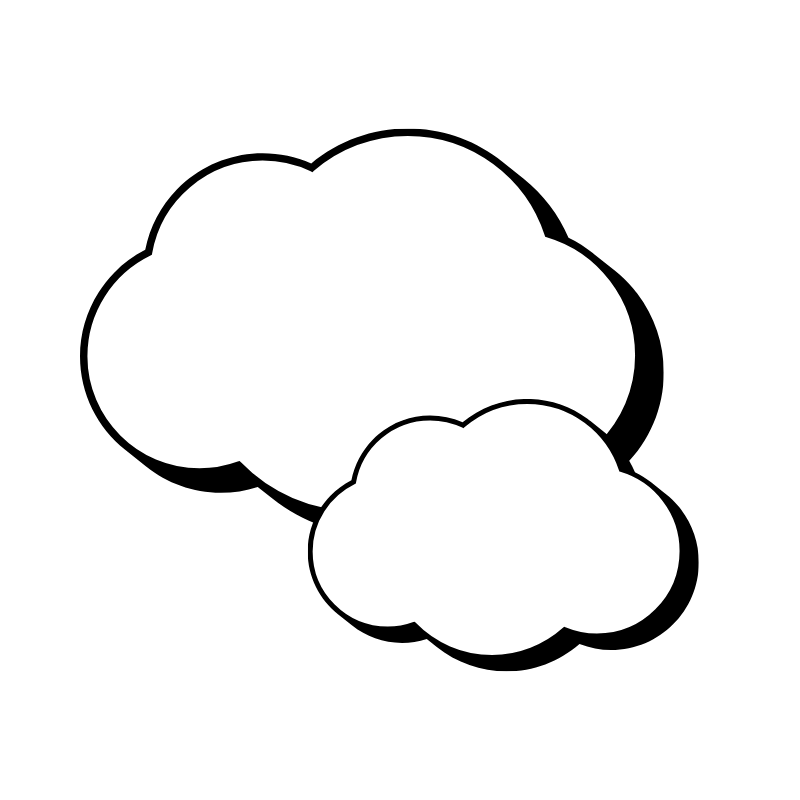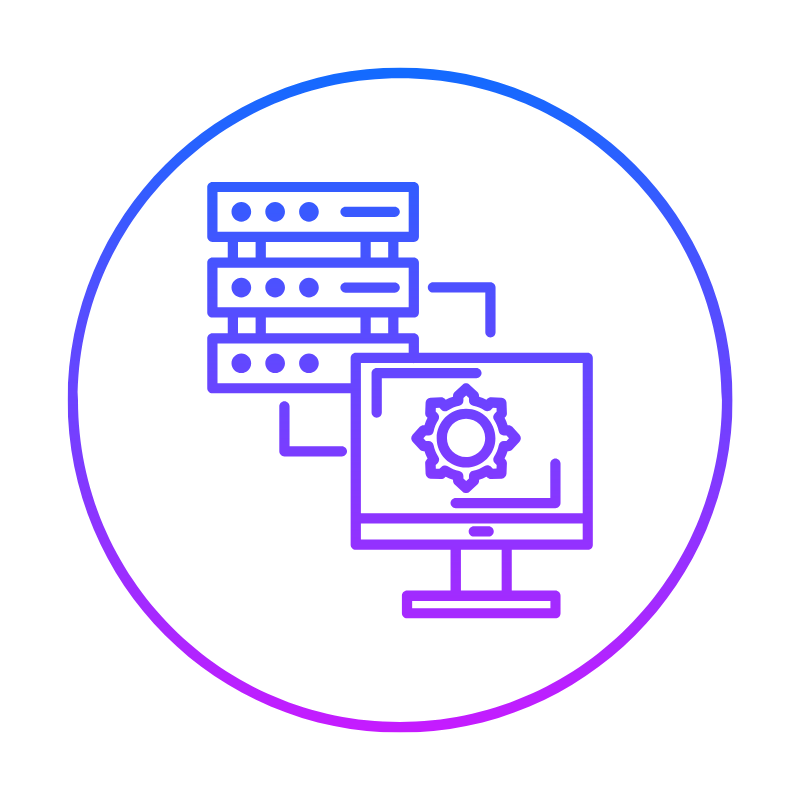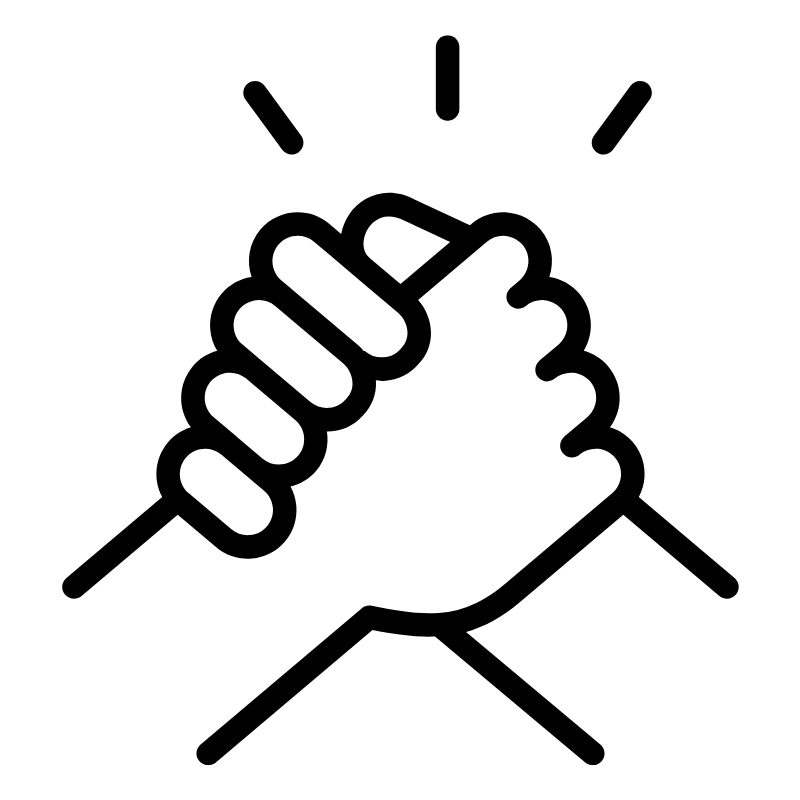Ever typed a web address into your browser and wondered what all those slashes and dots mean?
Every time you search or visit a website, you use a URL — even if you don’t think about it.
Understanding what a URL is can help you navigate the internet more easily and maybe even keep your information a bit safer.
If you’re curious about how URLs work or what they’re made of, you’re in the right place. Let’s break it down with real examples and plain language.
What is a URL
URL stands for Uniform Resource Locator. It’s basically the internet address for everything online — webpages, images, videos, files, you name it.
The main component of a url is the domain name.
You use URLs to visit websites, send emails, and download stuff. URLs work like street addresses, guiding your browser to the exact digital spot.
- Without URLs, browsers would have no clue where to find anything.
- Every page, image, or file has its own unique URL.
- URLs make sharing, searching, and communicating online possible.
If you spot something ending in .com, .co.ke, .org, or .net at the top of your browser, that’s a URL. It tells your device where you want to go online.
URLs aren’t just for websites—they work for emails, files, and other resources too.
Structure and Syntax
A URL has several parts. Each one helps your browser get you to the right destination.
Here’s a typical URL structure:
| Part | Example | Purpose |
| Scheme | https | Tells the browser how to connect |
| Hostname | www.truehost.co.ke | Shows the domain or server name |
| Port (optional) | :443 | Specific gate for connection (defaults used if missing) |
| Path | /web-hosting | Shows the folder or file location |
| Query | ?page=2 | Used to send extra info |
| Fragment | #top | Points to a spot on the page |
Each part has its own job:
- Scheme sets the connection method (like HTTP or HTTPS).
- Hostname is the main web address.
- Path points to the right file or folder inside that site.
- Query and fragment add extra details.
Here’s a real example:
https://www.truehost.co.ke/web-hosting?search=kenya#pricing
Protocols and Schemes
The first part of a URL is the protocol or scheme. It tells your browser which rules to use when it connects to a website or server.
Common schemes you’ll spot:
- http – regular websites.
- https – secure browsing.
- ftp – transferring files.
- file – files on your own computer.
- mailto – opens your email client.
- telnet – connects to remote computers.
The scheme shows up before the “://”. For example, https:// means a secure web connection, while ftp:// is for file transfers.
Using https matters a lot for keeping your info safe when shopping or banking online.
Some schemes unlock handy features, like opening your email app. For more, check out this list: Common URL schemes.
Types of URLs
You’ll bump into several kinds of URLs, depending on what you’re doing.
- Absolute URLs — full addresses with everything needed to find something.
Example:
https://www.truehost.co.ke/small-business-ideas-in-kenya/ Absolute URLs use a scheme, domain, and path, so they work from anywhere. - Relative URLs — shorter, missing the main domain or scheme, used inside the same website.
Example:
/images/logo.png
These only work when you’re on the same site. Handy for building websites. - Canonical URLs help search engines pick the main link if there are duplicates.
- Vanity URLs are custom links that are easy to remember or share.
- Country-code top-level domain (ccTLD) URLs use endings like .ke (for Kenya) to show the country or region.
URLs in Practice and Web Development
URLs connect you to web servers and all sorts of resources — pages, images, you name it.
From simple browsing to building apps, you rely on clear URLs every day.
Well-structured URLs matter for web development, user experience, and even search engines.
You see URLs in links, emails, social media, and QR codes. When you click one, your device knows exactly where to look.
The rules behind each URL help browsers fetch what you need, fast and (hopefully) correctly.
URLs matter for tracking, marketing, and blocking sketchy sites. That’s why web developers and site owners pay close attention to every detail.
How URLs Work With Web Technologies
Your browser uses URLs to talk to web servers all over the world.
When you enter a URL or click a hyperlink, your browser asks the domain name (like google.com) in the URL where to find the right server.
The domain name matches up with an IP address using the domain name system.
That’s how your browser finds the server.
Once it finds the server, your browser asks for the resource—maybe an HTML page, a CSS file, an image, or some JavaScript.
The server sends these files back to your device.
URLs allow for links within a page using anchors (like #section2). Query strings (after the ?) help with tracking visits, search filters, and marketing data.
Nearly everything online — audio, media, documents—has its own unique URL.
Usage, Optimization, and Best Practices
If you’re building websites, you want URLs that are easy to read and remember. Short and simple URLs make for a better user experience and help with search engine optimization (SEO).
For instance, “/about-us” is way better than a messy string of letters and numbers.
Clear URLs help people and search engines figure out what a page is about.
For sharing, tools like QR codes and URL shorteners turn long links into short, handy ones.
Companies use query strings in URLs for tracking visits and running campaigns. Vanity URLs — custom short links — make brands easier to share.
Best practices for URLs:
- Stick to safe characters (a-z, A-Z, 0-9, hyphens).
- Make them descriptive, not just random gibberish.
- Avoid long codes or numbers in your web address.
- Use 301 redirects if you move or delete pages—so links don’t break.
URL Standards and Historical Context
A URL follows strict standards so every browser and server can understand it. These rules come from documents known as RFCs.
Tim Berners-Lee, who led the development of the World Wide Web, created the main standards that define URLs.
Thanks to these standards, URLs work reliably across the globe.
Over time, URLs have changed to keep up with trends like media streaming, SEO, and mobile browsing.
The standard lets you find and share any resource — web pages, images, scripts, you name it.
 Domain SearchInstantly check and register your preferred domain name
Domain SearchInstantly check and register your preferred domain name Web Hosting
Web Hosting cPanel HostingHosting powered by cPanel (Most user friendly)
cPanel HostingHosting powered by cPanel (Most user friendly) KE Domains
KE Domains Reseller HostingStart your own hosting business without tech hustles
Reseller HostingStart your own hosting business without tech hustles Windows HostingOptimized for Windows-based applications and sites.
Windows HostingOptimized for Windows-based applications and sites. Free Domain
Free Domain Affiliate ProgramEarn commissions by referring customers to our platforms
Affiliate ProgramEarn commissions by referring customers to our platforms Free HostingTest our SSD Hosting for free, for life (1GB storage)
Free HostingTest our SSD Hosting for free, for life (1GB storage) Domain TransferMove your domain to us with zero downtime and full control
Domain TransferMove your domain to us with zero downtime and full control All DomainsBrowse and register domain extensions from around the world
All DomainsBrowse and register domain extensions from around the world .Com Domain
.Com Domain WhoisLook up domain ownership, expiry dates, and registrar information
WhoisLook up domain ownership, expiry dates, and registrar information VPS Hosting
VPS Hosting Managed VPSNon techy? Opt for fully managed VPS server
Managed VPSNon techy? Opt for fully managed VPS server Dedicated ServersEnjoy unmatched power and control with your own physical server.
Dedicated ServersEnjoy unmatched power and control with your own physical server. SupportOur support guides cover everything you need to know about our services
SupportOur support guides cover everything you need to know about our services